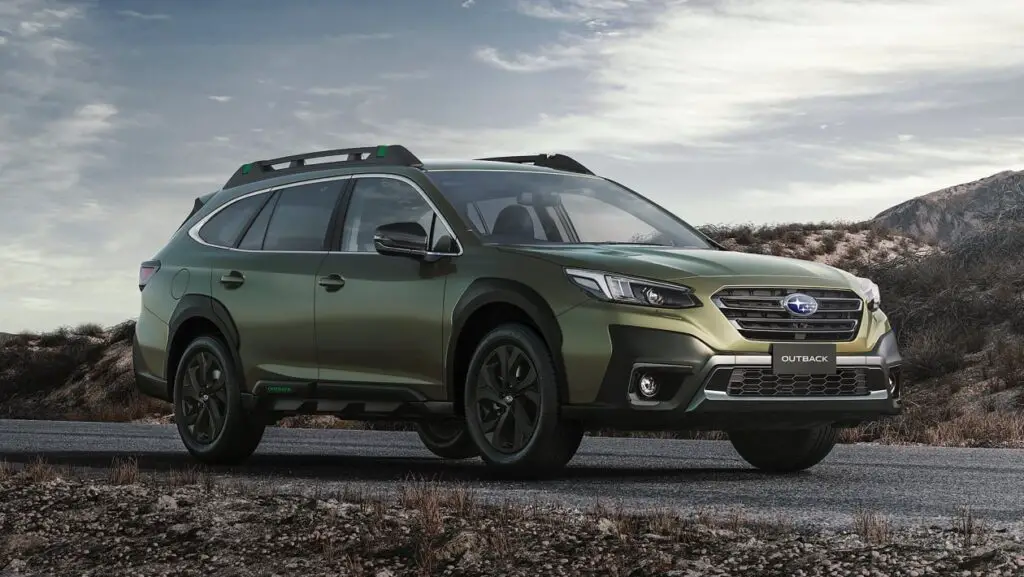5 Popular Cars That We May Not see After 2026 Because They Get Less Than 49MPG
While car manufacturers in the USA are being pushed to make more EVs, they are also being penalised for producing cars that consume more fuel. President Biden’s administration aims to decrease gasoline consumption in the country by 220 billion gallons which would result in a reduction in consumer fuel costs by $192 billion for vehicles sold from 2026 to 2030.
The numbers may sound optimistic and eco-friendly but, practicality is also another aspect that needs to be looked into. In order to achieve the targets, the government is pushing car makers to produce hybrid or electric vehicles so that the average fleet fuel economy rises and hovers around the 49 mpg mark by 2026.
The US NHTSA laid out the standards on March 31 this year that will see fuel economy requirements rise by eight percent for cars and light trucks of model years 2024-2025, and ten percent rise for cars and light trucks of model years 2026 and beyond.

Consequently, penalties for the manufacturers have increased from $5.50 to $14 per tenth of a mile per gallon, multiplied by the number of models that don’t meet the new conditions for 2019-2021 car models. For 2022 car models and beyond, the cost would increase to $15. The manufacturers did protest since they would end up paying upwards of $1 billion as compliance costs.
With no relief in sight, the car brands would be left with no choice but to either offer low-capacity engines that offer better mileage or, to offer hybrid engines that serves the same purpose. Otherwise, they would have to stop production for the models that don’t comply.
We’re listing five cars that could face the wrath of these regulations.
1. Honda Pilot:
The Pilot is a three-row large SUV that isn’t very appealing to look at but is practical in many ways. However, it is powered by a 280 horsepower V6 engine that gives an average of around 26 mpg, a number quite far from the 49 mpg mark. Considering that this has been around since 2016, would honda simply axe it, or launch something more economical?
2. Subaru Forester:
The Forester has been losing to the Honda CR-V and Toyota RAV4 in terms of sales lately. Powered by a 2.5-litre flat-four engine that isn’t generous power-wise (just 182 horses) but drinks fuel like the big boys. It gives an average of 25 mpg and the lack of a hybrid option puts it at the risk of….not existing.
3. Chevrolet Equinox:
Known as a popular ‘crossover’ in the USA, the sales numbers have been declining rapidly. Thanks to the competition and stricter norms. What’s worse? A sluggish 1.5-litre turbo engine that produces 170 horsepower. It must be economical, isn’t it? Not really. Giving 28 mpg, we think Chevy would incur more compliance costs on a car not selling too well.
4. Subaru Outback:
The Outback comes with two engine options- a 2-liter flat-four and a 2.4-litre turbocharged flat-four engine. The latter produces 260 horsepower and is mated to a CVT gearbox. But, it gives a mileage of just around 23 mpg. Though this is a practical car and an important one for Subaru, it should be given engines that are less thirsty.
5. Honda Accord 2.0
The Accord has been one of America’s best-selling cars. However, the hybrid option would stick around longer since it gives an average of 42 mpg compared to the 2.0L petrol engine that churns 252 horses and returns around 27 mpg.
As costs pile up for car manufacturers, do you think that we could witness more car models being phased out of production?


